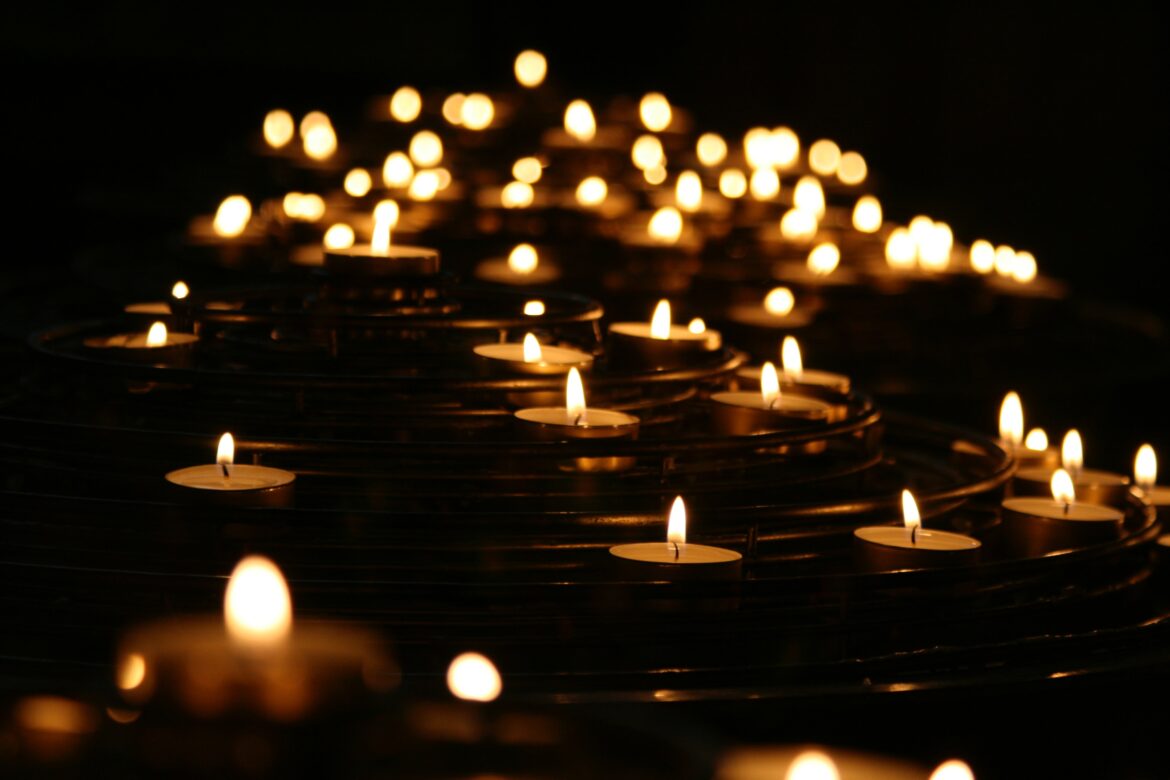There are so many amazing cultural traditions around the world. From the United States to India, different cultures each have their own unique set of traditions that make them special. In this blog post, we will explore some of the most interesting cultural traditions around the world. Whether it’s traditional food or a special way of celebrating, we want to learn about it! If you have a cultural tradition from other countries that you would like to share with us, please leave a comment below. We would love to hear from you!
Shinbyu in Myanmar
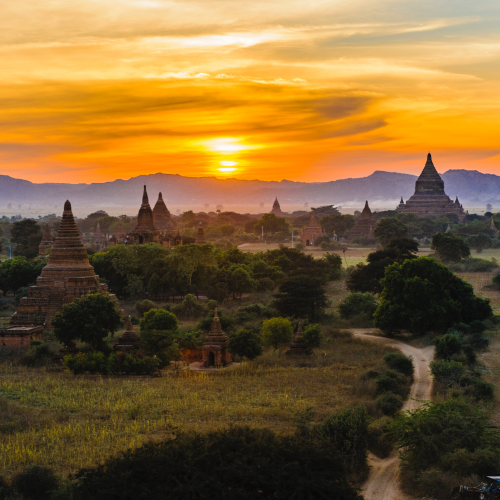
In Myanmar, you can find the Shinbyu ceremony, which is celebrated by the country’s majority ethnic group Burmese. Shinbyu is a Theravada Buddhist tradition and novitiation ceremony. It is a significant event in the life of every boy (and sometimes girls), as well as their families and communities.
The main purpose of the ceremony is to provide young boys and girls with the opportunity to experience monastic life. Other than that, they learn about the Buddha’s teachings. Depending on local traditions, girls can also participate in the ceremony that is mostly intended for boys. They do that either by having an ear-piercing ceremony or becoming novices in a nearby Buddhist nunnery.
The novices may stay in the local monastery for a few days, months, or even years. Moreover, they may repeat the ceremony during childhood and youth. Some may even choose to become monks or nuns when they reach adulthood. For others, it is a necessary preparation for adult lay Buddhist life.
The ceremony is usually extravagant, and relatives may share the expense of the occasion. It is considered meritorious for all involved. The novice monks will dress up in royal attire. This includes face makeup, and paraded on horseback, in carts pulled by oxen or even on elephants, accompanied by an entertainer holding a parasol.
The festivities include music, dancing, and feasting. After the collective celebrations, the novices have their heads shaven, receive a monastic robe and begging bowl. Other than that, they begin their instruction in Buddhist scriptures and principles within the monastery’s confines. Shinbyu is a highly ceremonial occasion.Good karma will come to families whose sons enter the monastery.
Cheese rolling in England
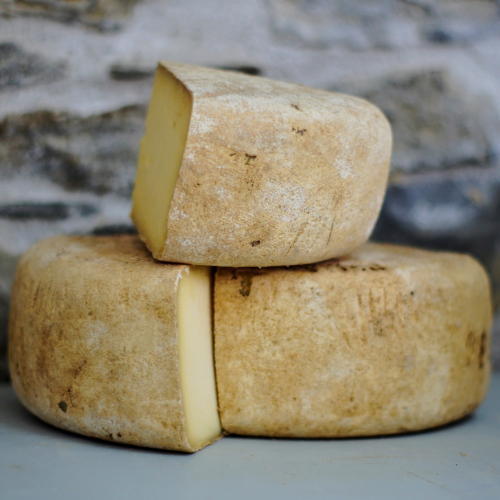
Every spring on the British Spring Bank Holiday at Cooper’s Hill in the village of Brockworth. Brockworth is located near Gloucester in England, the Cooper’s Hill Cheese-Rolling and Wake is held.
From the top of the hill a wheel of cheese is sent rolling down the hill. Participants of the race then chase after it, down the 182 meter long hill. The first person to cross the line at the bottom of the hill, wins the race, the honour, and naturally, the wheel of cheese.
The cheese is a Double Gloucester cheese, and weighs between 3-4 kilograms. The weight makes it able to reach speeds up to 110 kilometers when it rolls down the hill. Multiple races will be held throughout the day, with three races for men, and one race for women.
The elders of the Brockworth community will have wrapped the cheese a week before the event of the Brockworth community. It is a great honour to wrap the cheese. It is not certain where the tradition originated from. Some believe that it had to do with maintaining grazing rights on the common. Others believe it was an old Pagan ritual to send a cheese rolling down the hill to bring good luck to the yearly harvest.
Although many people sustain injuries every year from tumbling down the hill, it does not scare off participants. Many participate every year or come form abroad to participate in the races.
Giving cinnamon in Denmark
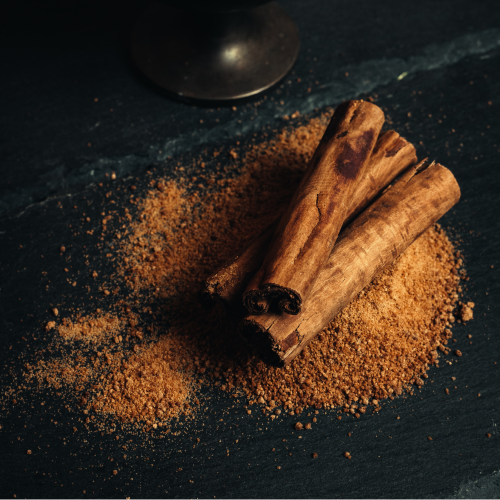
In Denmark, there is a unique tradition in the western part of the country. If a person is not yet married by the time they reach their 25th birthday, they will be restrained by their friends and have cinnamon thrown on them. The tradition can be translated to ‘giving cinnamon’.
A similar, but less common tradition, is throwing pepper on an unmarried person on their 30th birthday. It is safe to say that this strange tradition is not without health risks.
Birthday cake in face in Mexico

Next on our list of cultural traditions around the world, we are going to Mexico. Celebrate your birthday with ‘La Mordida’ in Mexico. Here, the birthday girl or boy has their hands restrained behind their back. As they take the first bite of the birthday cake, the other party guests cheer loudly and push their face unexpectedly into it, chanting “Mordida! Mordida! Mordida!”, which means ‘take a bite’ in Spanish.
The Day of the Dead in Mexico

Celebreate The Day of the Dead, or “Dia de los Muertos,” from October 31st to November 2nd. It is a vibrant and colorful celebration that takes place in Mexico. It is celebrated from October 31st to November 2nd. Despite its name, the Day of the Dead is actually a time to celebrate life and honor the memory of loved ones who have passed away.
During the Day of the Dead, families and friends gather to build altars, or “ofrendas,” in their homes and cemeteries. People adorn these altars with flowers, candles, photos, and personal items of the deceased, along with offerings of their favorite food and drink. The people believe that the scent of the offerings will draw the spirits of the dead to the altars, where they can once again enjoy the offerings.
In addition to building altars, people also paint their faces to resemble the iconic “calavera” or skull. The calavera often incorporates bright colors and intricate designs. This practice is a nod to the Aztec roots of the Day of the Dead, which celebrated death as a natural part of life and the cycle of the seasons.
On the night of November 1st, families often visit the graves of their loved ones. The tradition includes lighting candles and leaving offerings at the site. Many cemeteries also host lively festivals, with music, dancing, and traditional foods. An example of this is the “pan de muerto,” a sweet bread baked specifically for the Day of the Dead.
Overall, the Day of the Dead is a unique and meaningful tradition. It celebrates the interconnectedness of life and death, and the importance of remembering and honoring those who have passed away. While it may seem morbid to some, it is actually a joyful and life-affirming celebration. It highlights the rich cultural heritage of Mexico and its people.
Monkey buffet festival in Thailand
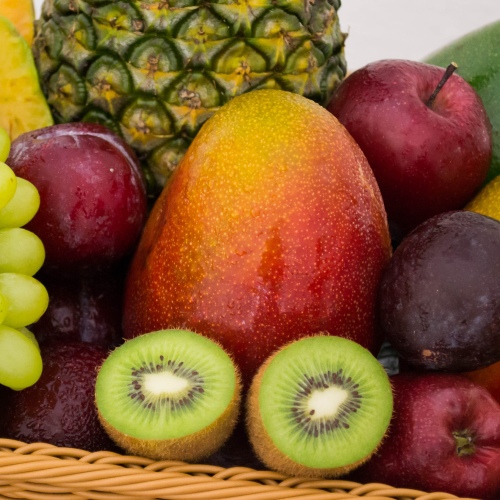
At Phra Prang Sam Yot temple in Lopburi, Thailand, there is a rather remarkable tradition that takes place on the last Sunday of November. Locals will set up a dinner party for the thousands of macaques monkeys that inhabit Lopburi. The monkeys bring good fortune to the area and its people. Naturally, this makes them the main guests at the grand feast held in their honor. Thai people celebrate the event with great fanfare. This includes an opening ceremony where people dress up in monkey costumes, and towers of fruits and vegetables are present for the macaques to climb, jump, and feast on.
The Festival of Light in Thailand

Another tradition from Thailand, is Loy Krathong, an annual festival also called the Festival of Light. The festival is on the evening of the full moon on the 12th month of the Thai lunar calendar, in Chiang Mai in northern Thailand.
‘Loy’ means to float and ‘krathong’ is a slice of the trunk of a banana plant, decorated with flowers and banana leaf. The maker of the krathong attaches a few incense sticks and a candle to the handcrafted flower arrangement. It will then be floating down riverways and waterways, for a truly beautiful sight that people gather to watch. Traditionally, there were only krathongs. In contemporary times, the festival organizers also incorporate a huge parade and release paper lanterns into the sky.
Tea ceremony in Japan

Next on the list is the Japanese tea ceremony, or “chanoyu,”. The Japanese have practiced this for centuries. The organizers highly choreograph and design the event to bring participants into a state of harmony and mindfulness through its symbolism.
The tea ceremony typically takes place in a special room, called a “chashitsu,” that is designed specifically for this purpose. The room is often small and minimalist, with tatami mats on the floor. It is decorated with simple and elegant items such as flowers and calligraphy.
The tea ceremony itself is led by a trained host, or “chajin,”. The Chajin prepares the tea and guides guests through the various steps of the ceremony. These steps include purifying oneself with water, admiring the utensils, and drinking the tea in a specific manner.
In Japan, the tea used in the ceremony is called “matcha,” which refers to a finely ground green tea powder. The tea enthusiasts whisk this powder with a bamboo whisk in a bowl, creating a frothy and vibrant green tea.
While the tea ceremony may seem simple on the surface, it is actually a complex and nuanced practice. It is steeped in history and tradition. It is a powerful reminder of the beauty and simplicity of everyday life. Moreover, it signifies the importance of being present in the moment.
Overall, the Japanese tea ceremony is a truly unique and memorable experience. It offers a glimpse into the rich cultural heritage of Japan. It is a testament to the power of mindfulness and intention. The tea ceremony is also a reminder to slow down and savor the simple pleasures of life.
Wife Carrying World Championship in Finland

More of a competitive sport than it is a tradition, a wife-carrying competition, called the Wife Carrying World Championships. Every year in Finland, where the sport was invented, athletes participate in a race where a male competitor carries a female competitor through an obstacle course. The winners are the fastest team. The prize is the wife’s weight in beer. Other prizes awarded to the team with the best costumes, the strongest carrier, and the most entertaining couple. The sport has gained popularity, so now many countries hold their own wife-carrying competitions.
Masopust in Czechia

Masopust is a Czech carnival celebration with deep roots in tradition. Its name comes from an Old Czech term meaning “meat fast,”. People will celebrate it before the start of Lent, and therefore the festival will mark the 40-day period of fasting leading up to Easter. Masopust is a time when people don masks and costumes. They do this to bid farewell to winter and welcome the arrival of spring and fertility. The final three days of the Mardi Gras season is when the most elaborate parade and festivities are held. Many cultures celebrate Mardi Gras, as they are part of the Christian Church, such as the Fasching Parade in Germany.
Baking money into food in Bolivia
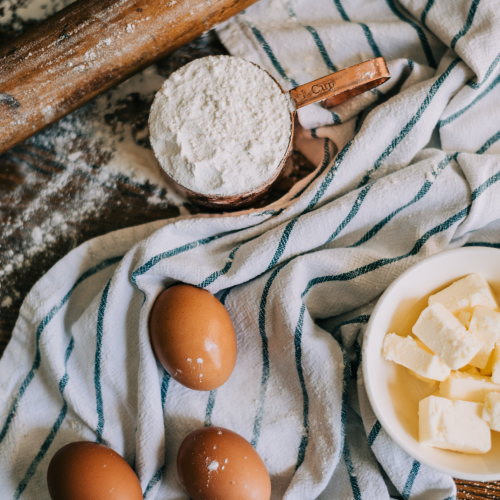
Next on out list of cultural traditions around the world, we are going to Bolivia. Celebrate New Year’s Eve in Bolivia in a distinctive way. While many people anticipate watching fireworks and savoring delectable dishes on New Year’s Eve, Bolivians take things up a notch. They bake money into sugary confections such as cakes. The lucky person receiving the monetary surprise can look forward to enjoy a prosperous year. Observed in present times, bakeries across the nation join in the festive revelry.
Summer solstice in Denmark

Last on our list of cultural traditions around the world, we are going back to Denmark. Danes celebrate another tradition called Sankt Hans. It takes place on the summer solstice, where people will gather around a bonfire, and place a fake witch figure typically made of straw in the fire. Traditionally, it warded off evil spirits. In modern times, people simply gather for a big family night, to roast snobrød (which literally translates to ‘twist bread’), or for drinking beer, and just having a good time. As the summer solstice is the longest day of the year, the sun sets late into the evening. This ensures that the party can go on all night.
Did you like this blog post? Check out our blog post about New Year’s Eve traditions from around the world.
As you can see, cultural traditions around the world are incredibly diverse and fascinating. From the ancient rituals of the Far East to the colorful celebrations of Latin America, there are countless examples of the unique customs and cultural practices that make each culture special. While cultural differences may sometimes seem to separate us, it’s important to remember that we all share this small world and can learn from one another’s traditions. By appreciating and celebrating the diversity of our world’s cultures, we can come to a greater understanding and appreciation of our shared humanity. So let’s continue to explore the rich tapestry of traditions from around the world, and embrace the beauty and complexity of our world’s cultures.
